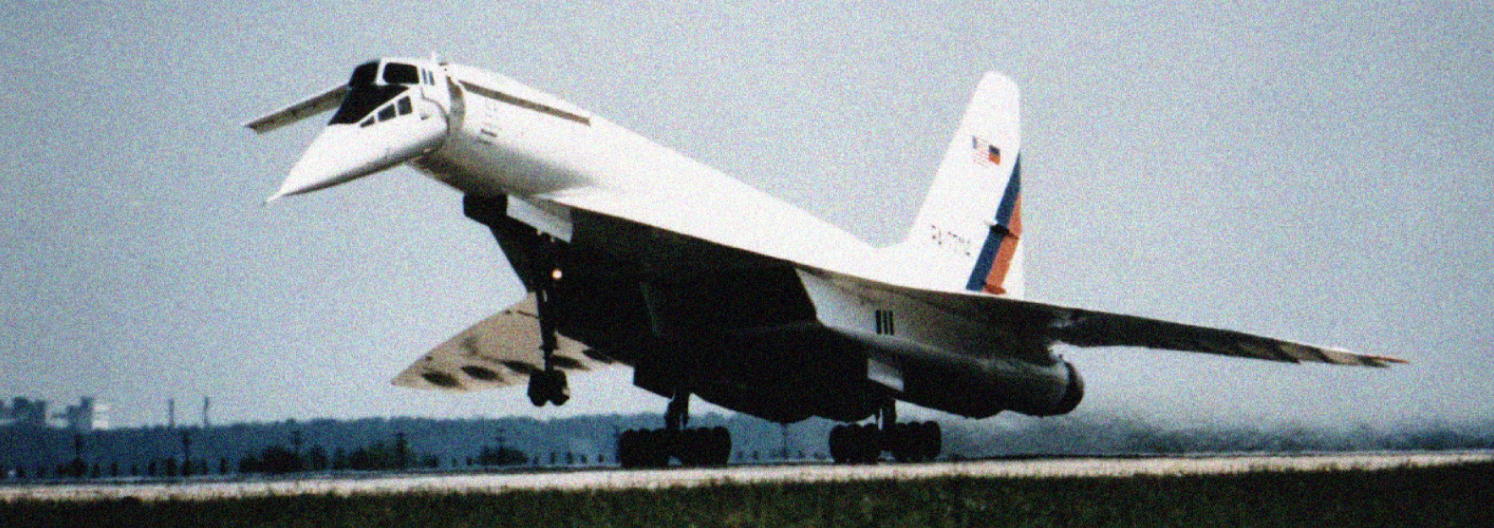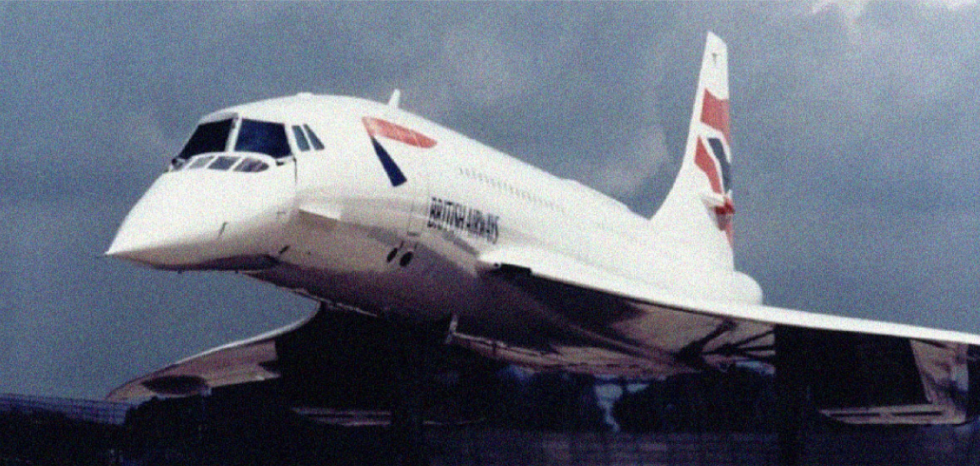



The only supersonic airliner in direct competition with Concorde was the Soviet Tupolev Tu-144, nicknamed “Concordski” by Western European journalists for its outward similarity to Concorde. It had been alleged that Soviet espionage efforts had resulted in the theft of Concorde blueprints, supposedly to assist in the design of the Tu-144. As a result of a rushed development program, the first Tu-144 prototype was substantially different from the preproduction machines, but both were cruder than Concorde. The Tu-144S had a significantly shorter range than Concorde. Jean Rech, Sud Aviation, attributed this to two things, a very heavy power plant with an intake twice as long as that on Concorde, and low-bypass turbofan engines with too-high a bypass ratio which needed afterburning for cruise. The aircraft had poor control at low speeds because of a simpler supersonic wing design; in addition
the Tu-144 required braking parachutes to land while Concorde used anti-lock brakes. The American designs, the “SST” project (for Supersonic Transport) were the Boeing 2707 and the Lockheed L-2000. These were to have been larger, with seating for up to 300 people. Running a few years behind Concorde, the Boeing 2707 was redesigned to a cropped delta layout; the extra cost of these changes helped to kill the project. The operation of US military aircraft such as the XB-70 Valkyrie and B-58 Hustler had shown that sonic booms were quite capable of reaching the ground, and the experience from the Oklahoma City sonic boom tests led to the same environmental concerns that hindered the commercial success of Concorde. The American government later cancelled its SST project in 1971, after having spent more than $1 billion.